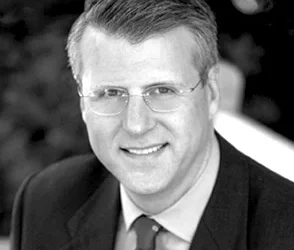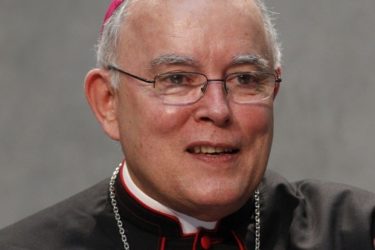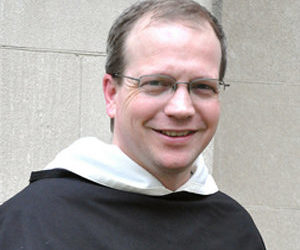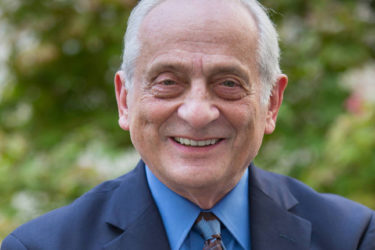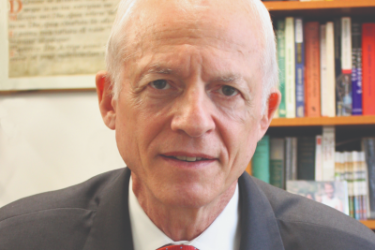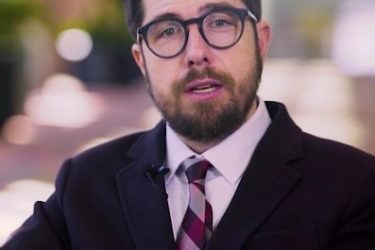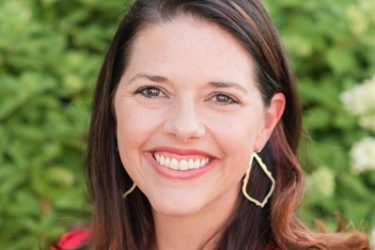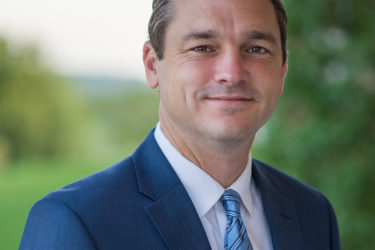News and Events
Wounds of Beauty is available now! Join the conversation with Margarita Mooney Suarez as she shares the stories of seven renowned educators, culture creators, and thought leaders who have developed practical wisdom from their life experiences. Learn how cultivating our sense of beauty can enhance personal joy and foster a culture of reverence.
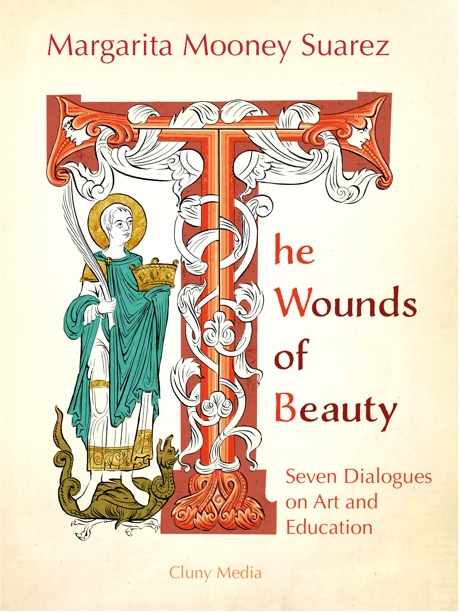
The Wounds of Beauty: Seven Dialogues on Art and Education
For group discounts, email sales@clunymedia.com
The Wounds of Beauty explores the potentials and pitfalls of beauty in the modern world. Beauty attracts us to the truth and inspires us to pursue wisdom, but misunderstandings about beauty have created a civic and often even a religious culture that is devoid of reverence. In the modern university, knowledge is often reduced to mere ideology. When beauty is disconnected from the glory of the truth, reason becomes desiccated and joyless. Without beauty in places of worship, creative artists pursue their vocations apart from the eternal, furthering the divide between religious and secular culture.
Contributors and Overview
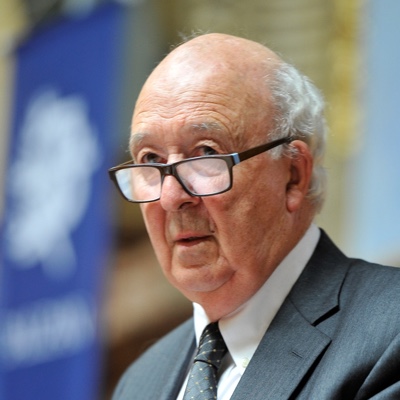
In Chapter 1, Peter Brown, Professor of History Emeritus at Princeton University, explores convergences and differences between understandings of beauty in Platonic thought and among early Christian converts such as St. Augustine. Brown shatters facile misconceptions about how beauty was understood by classical Greek and Roman civilizations and Christians in late antiquity, including Eastern and Western monasticism.
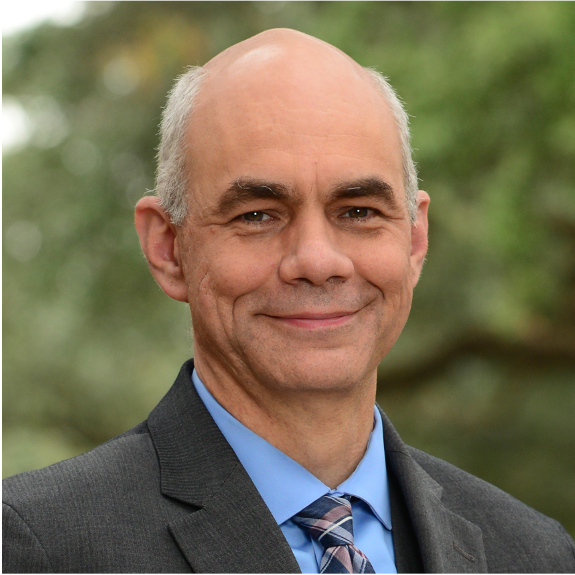
Chapter 2 features musicologist George Harne, Executive Dean of the School of Arts and Sciences at the University of St. Thomas in Houston. Although music is one of the four subjects of the quadrivium in the liberal arts, few people know why music is part of the human longing for beauty and its connection to mathematics and other forms of knowledge.
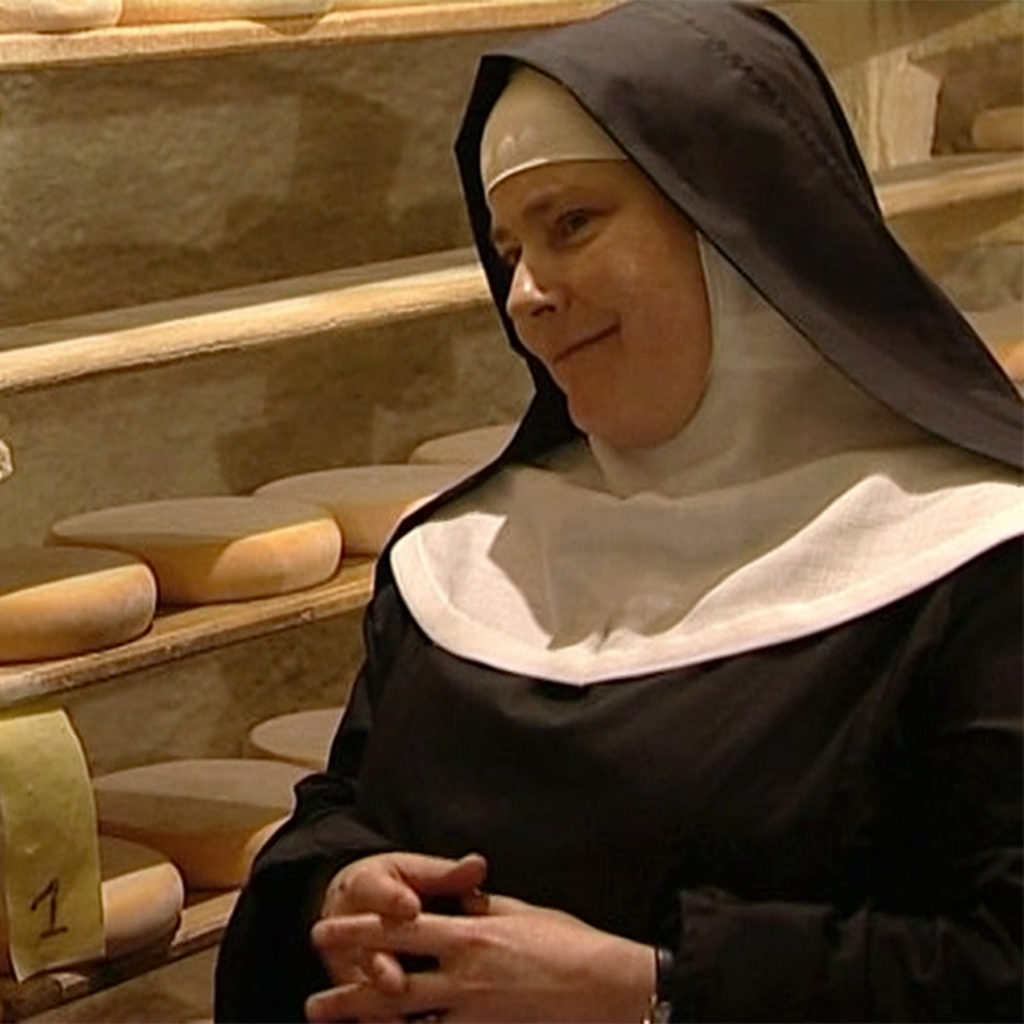
In Chapter 3, Sister Noëlla Marcellino, OSB of the Benedictine Abbey of Regina Laudis,shares her story of dropping out of college, joining a monastery, earning a Ph.D. in microbiology, and becoming known as “the Cheese Nun.” As an artisan, a scientist, and a Benedictine, she explores how the patterns of authentic living expressed in chant and cheesemaking at her monastery shine light on a culture in crisis.
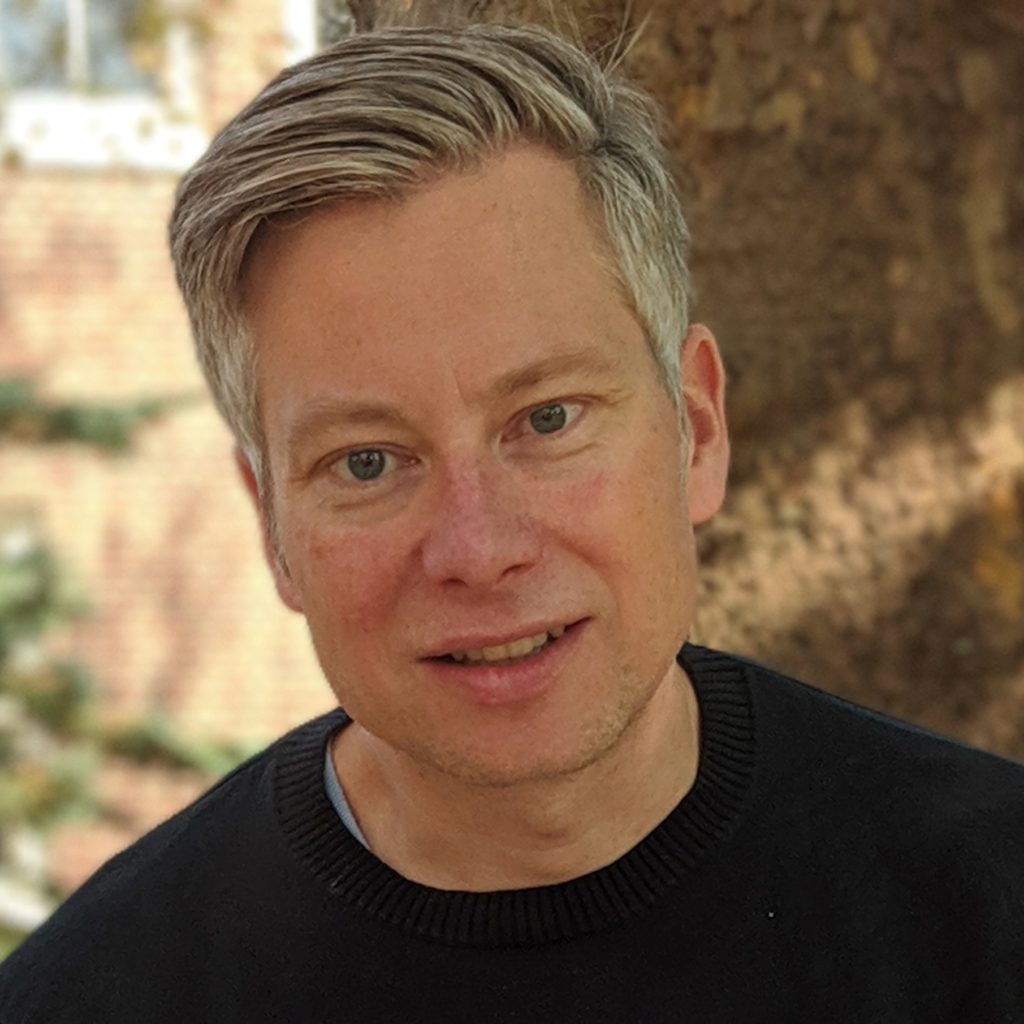
In Chapter 4, poet and philosopher James Matthew Wilson discusses the strong claims that art makes on how we should live. Contra the commonplace critical theory that dominates the humanities and increasingly all realms of inquiry, he discusses how beauty is connected to human happiness and to truth because beauty shows us the splendor of all creation.
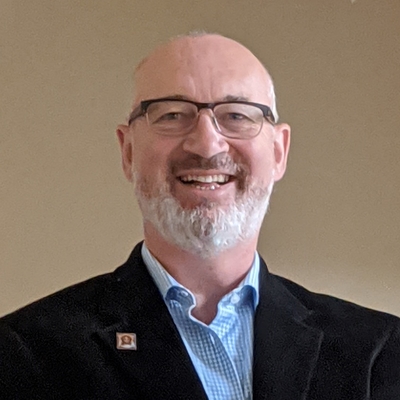
Chapter 5 is a conversation with David Clayton, Catholic convert from atheism to Catholicism, iconographer and Provost of Pontifex University, about classical and contemporary understandings of beauty, truth, and culture. He pairs classical understandings of art like Vitruvius, Boethius, Bonaventure, and Palladio—all of whom saw a connection between mathematics and art—with voices like Pope Benedict XVI and Stratford Caldecott, and explores beauty as a path to human happiness, cultural renewal, and social order..

Sir Roger Scruton was one of the most important philosophers of recent decades; he gained notoriety for exposing various ways that Marxism and atheism influenced universities and public culture. In Chapter 6, Francis X. Maier, senior fellow at the Ethics and Public Policy Center and research scholar at the University of Notre Dame Center for Citizenship and the Constitution, reflects on the ideas that gave rise to meaninglessness and pessimism in education and culture. He discusses how the trends in education Scruton describes affected communities of faith and common culture, and suggests how we can better navigate the landmines in our current educational system in order to revitalize culture..
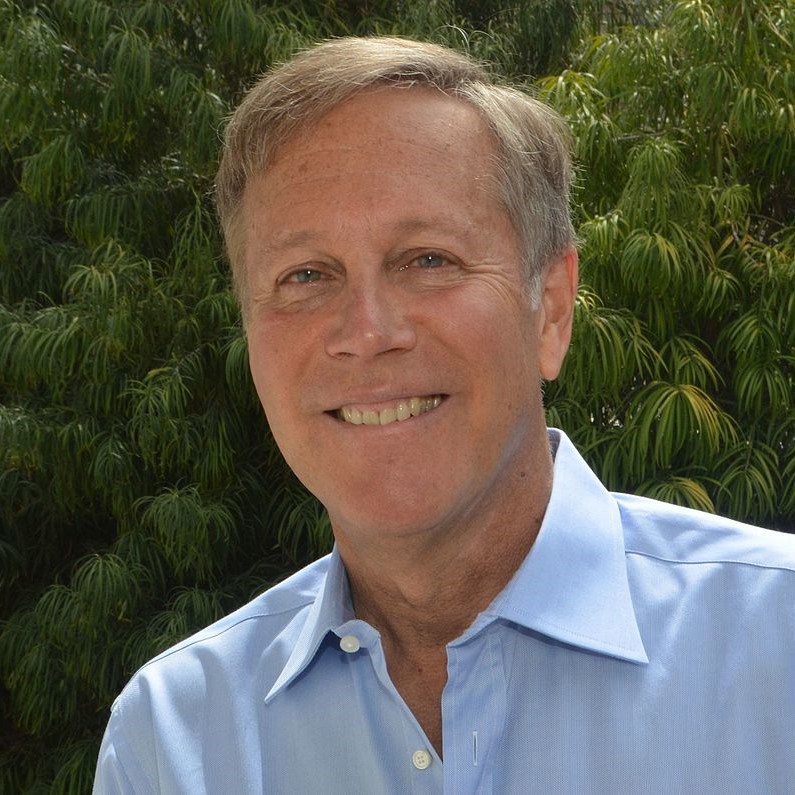
In Chapter 7, Dana Gioia, the poet and former director of the National Endowment of the Arts examines creative intuition in poetry and literature. Far from a relic of the past or a pastime for elites, poetry and the arts—Gioia forcefully argues—are in fact the foundation of a thriving public culture. He shares some of his own wounds of beauty, including the death of his son.
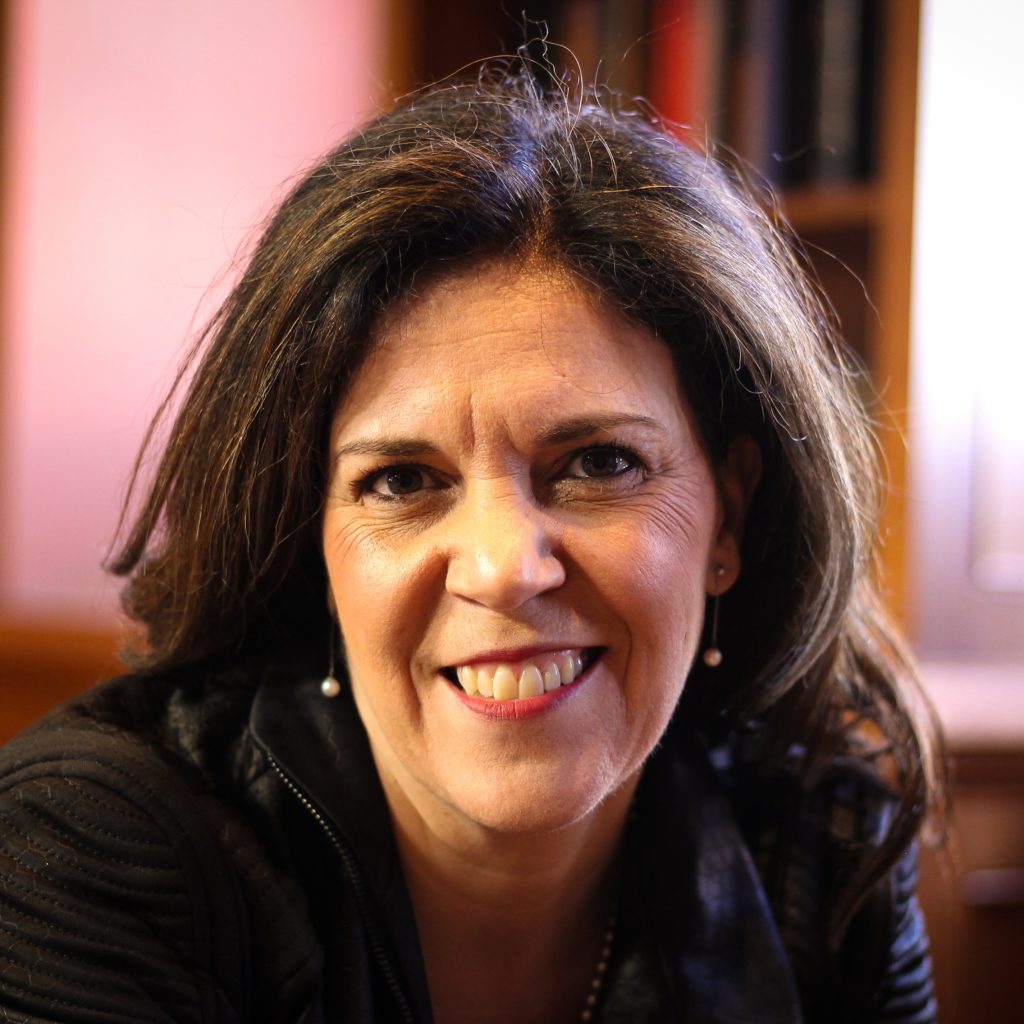
Readers of The Wounds of Beauty will come away knowing how to lead others to the truth, encounter the sacred, live with joy, interpret culture, enter deeply into leisure, form a coherent identity, and build a common good where justice is both true and beautiful. Each chapter has discussion questions and suggests readings from authors like Plato, Aristotle, Augustine, Bonaventure, Maritain, and Pope Benedict XVI.
